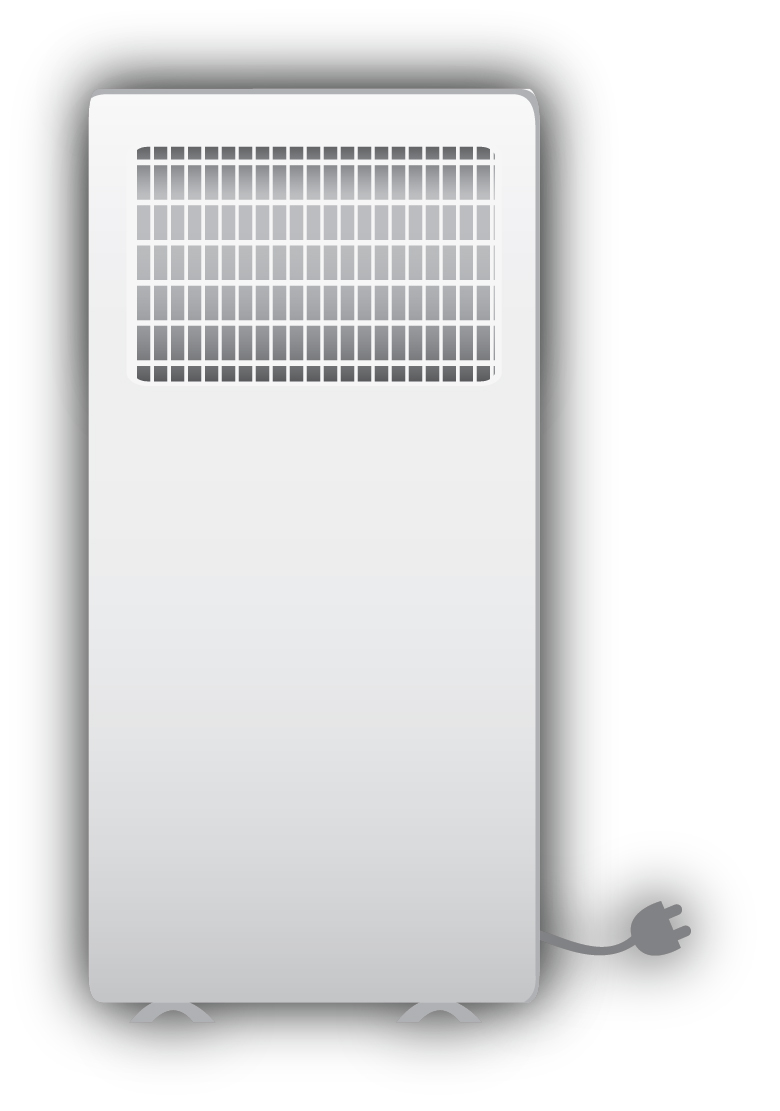Heating and cooling accounts for 30 to 40 percent (%) of the energy used in a typical Australian home. You can reduce the energy you use by making a few simple and practical changes.
Simple steps to cool your home
You can use the right combination of cooling appliances, items in your home and our environment to help cool your home efficiently.
Keep the heat out with shade
Keep out unwanted heat by shading north and west sides of your home. Adjustable external shading, leafy trees and closing curtains and blinds will help keep your home cooler in summer.
If your home gets hot during the day, the insulation in your ceilings and walls will keep the heat inside during the evening. Always try to keep your house shaded, particularly the windows.
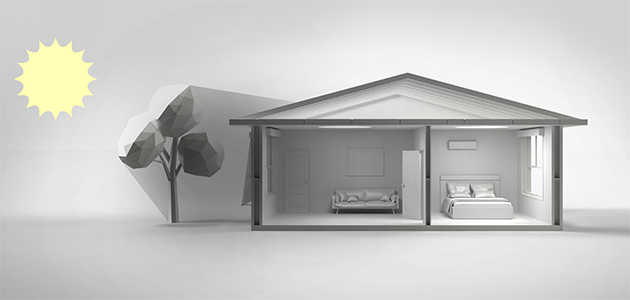
Insulation
Installing insulation in your ceiling and walls can significantly reduce the heat, which gets transferred into your home.
In summer, a house that isn't insulated will gain most of its heat through the ceilings and windows. Walls also contribute to heat gain, as well as air leaks around doors.
We recommend that every home be insulated:
- By law, all new homes and additions must have insulation.
- If your home is older, consider topping up or replacing insulation.
- Talk to your landlord about having insulation installed or topped up if you rent.
Make sure your installer has the SA builder’s licence that permits them to install insulation. And ask them about the best R-value for your home and specific needs.
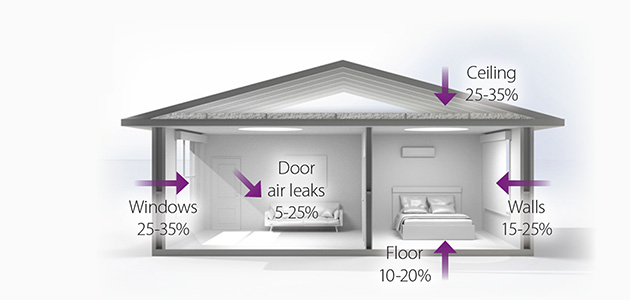
Make your cooling more effective
When using a refrigerative air conditioner, only cool the areas you need by:
- closing internal doors
- using the zone controls on a whole-of-house system.
Sealing gaps around doors and windows and using draught excluders will reduce wasted energy.
Evaporative air conditioners work differently and are more effective if you open some doors and windows to increase air flow.
Research your cooling system online or follow the manufacturers instructions to make sure you are using it effectively and efficiently.
If it's cooler outside at night, turn off your air conditioner and open doors and windows to allow cooler breezes in. You could use window locks or lockable screen doors to keep your home safe.
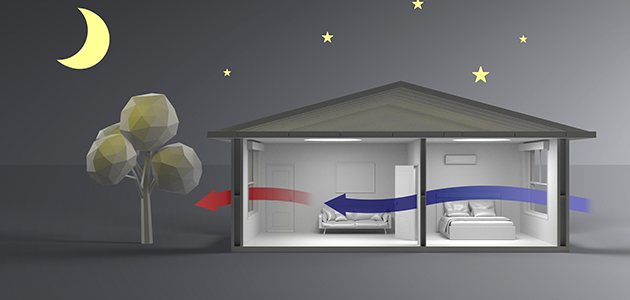
Household tips for cooling
Simple steps to help keep your home cooler in summer:
- Setting your thermostat to 24 - 27°C, or higher if you're comfortable, will reduce running costs.
- Switch off unnecessary appliances, especially any that generate heat. For example, chargers, televisions, computers, and lights with warm bulbs.
- Invest in house plants. They can improve air quality and add extra shade near windows. They can also absorb heat.
- Use lighter coloured materials around the house. Dark colours absorb more light and radiate it as heat. The same applies for your roof. So consider lighter colours when replacing or repainting it.
- Remove floor rugs to expose cooler flooring, such as tiles and floorboards.
- Make sure fans are switched to summer mode.
- Follow the maintenance instructions for your cooling appliances and have them serviced regularly. This could include regularly cleaning the filters, fan blades or vents.
- Take action during the day, so you’re not trying to cool a hot house at night. For example, close blinds and curtains before the sun hits the window and heats the room. Consider using your air conditioner on a timer while you’re not home, to maintain a cooler house during the day.
Your electricity plan
Electricity plans can include different charges depending on the time of day and the amount of energy you use. It’s worth knowing if you are on a flat rate or time of use plan and adjust your usage accordingly.
Investigate other market offers to see if there is a better contract to suit your needs.
Choosing cooling appliances
Knowing how much your appliance costs to run will help keep track of your energy costs. Use this information to help you select the best cooling appliance for your needs, and view the estimated hourly running cost for different tariffs and plans.
Cooling appliance types
Fans
- are the cheapest type of cooling appliance to run
- create air movement that helps carry heat away and move natural breezes through your home
- can be used at the same time as other cooling appliances to help move cool air around your home.
Evaporative coolers
- use water and a fan to blow cool, humidified air into your home
- use small amounts of energy but also have a small, additional water cost
- work well in dry weather but can be less effective when it’s humid
- need good ventilation
- can also be operated as a large fan without the water cooling.
Refrigerative air conditioners
- cool air to a set temperature by removing heat from the room
- work better in humid or higher summer temperatures, but typically cost more to run than evaporative coolers
- work best in well-insulated and draught-proofed homes with closed windows
- work more efficiently when zoning controls are used, and doors are closed to unused rooms or spaces
- reverse cycle systems can be used for both heating and cooling.
Ducting
- if your ducting is poor quality or has deteriorated, it could be wasting energy
- a qualified professional can help reduce the loss of air by sealing or insulating your ducts
- when purchasing a system or replacing ducting, look for an R-value of at least 1.5 for the ducting, and 0.6 for the fittings.
Running costs
| Cooling appliance | Hourly running costs | Works best in | |
|---|---|---|---|
Ceiling and portable fans 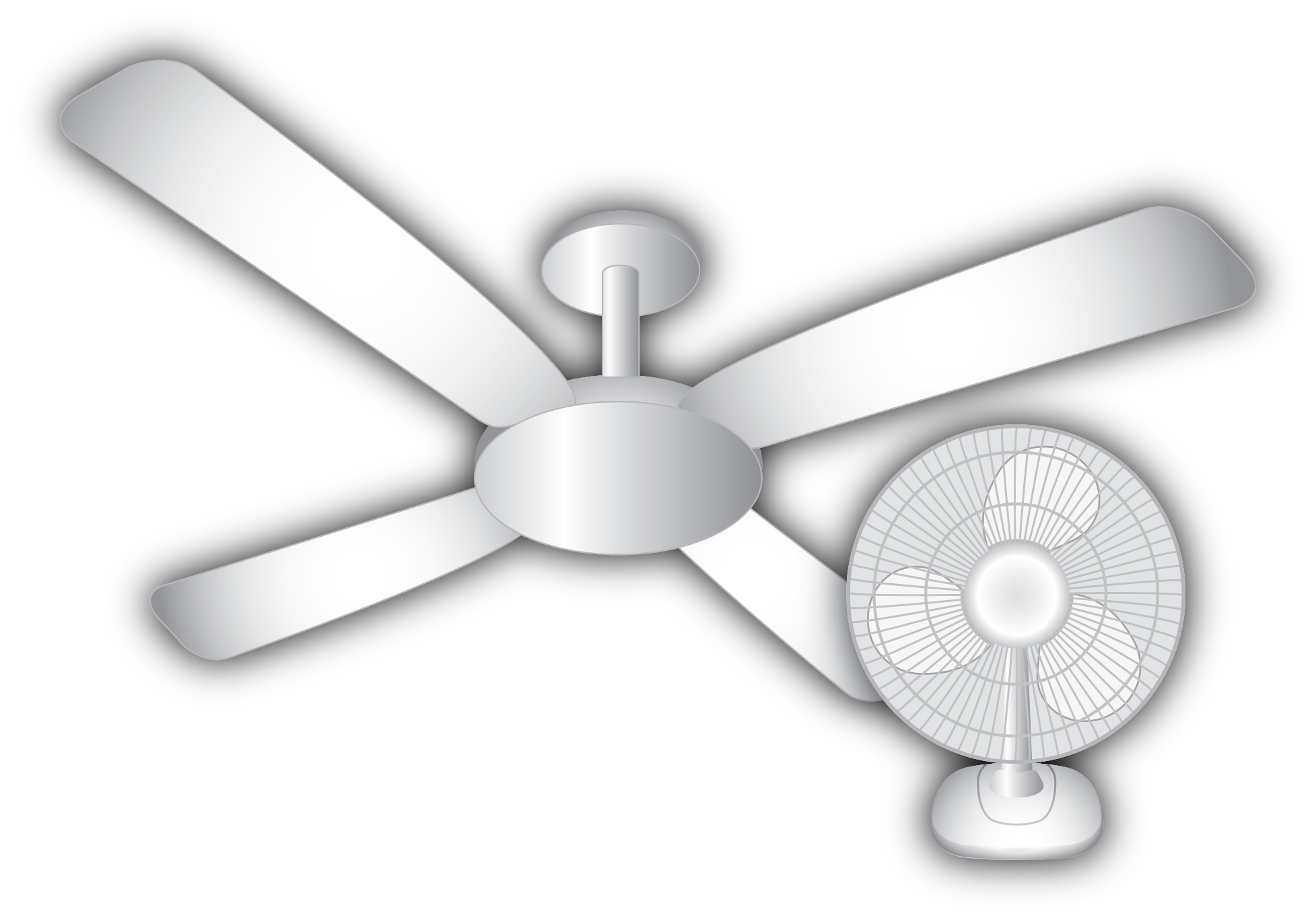 | Flat rate 3-5 cents | Time of Use 2-3 cents (shoulder) | Models available for all room sizes and spaces |
Portable evaporative 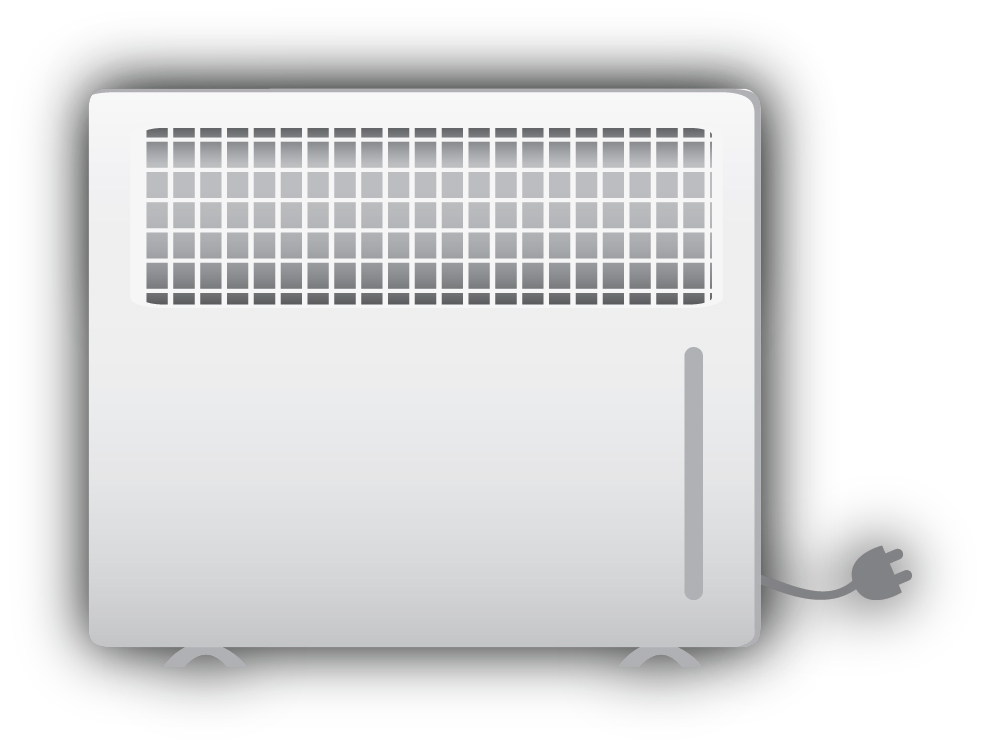 | Flat rate 5-7 cents | Time of Use 3-4 cents (shoulder) | Rooms up to 20 metres square (m2) |
|
Portable refrigerative
| Flat rate 55-75 cents | Time of Use 37-51 cents (shoulder) | Rooms up to 20m2 |
Window refrigerative system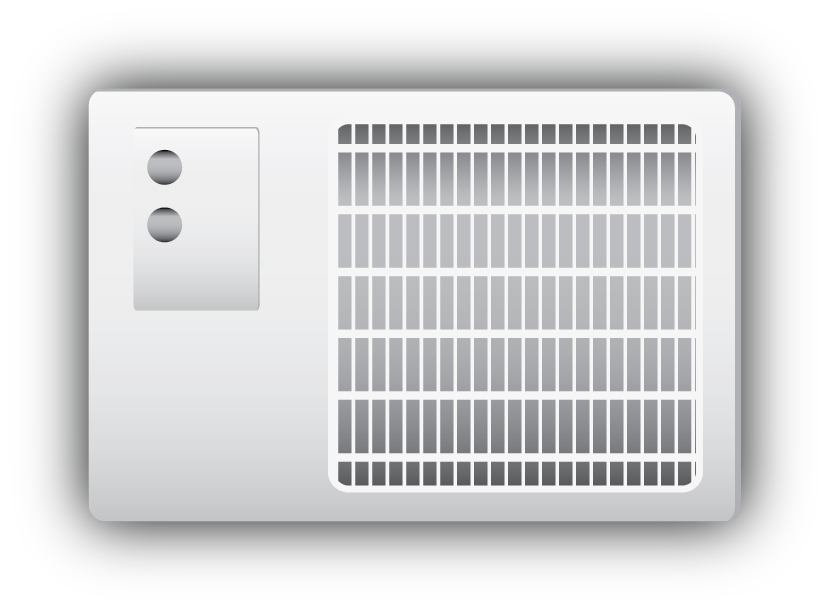 | Flat rate 44-60 cents | Time of Use 30-41 cents (shoulder) | Rooms up to 36m2 |
Split refrigerative system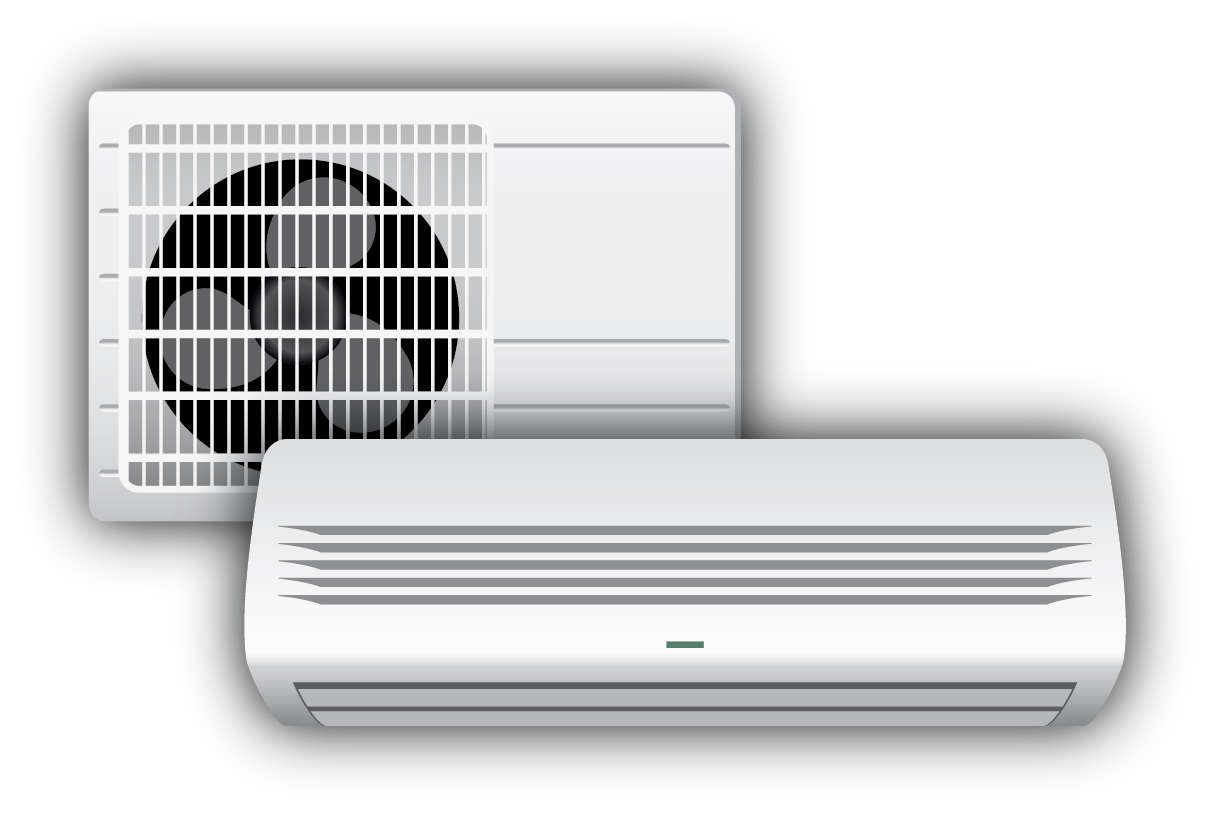 | Flat rate 69-93 cents | Time of Use 47-63 cents (shoulder) | Rooms up to 36m2 |
Ducted evaporative systems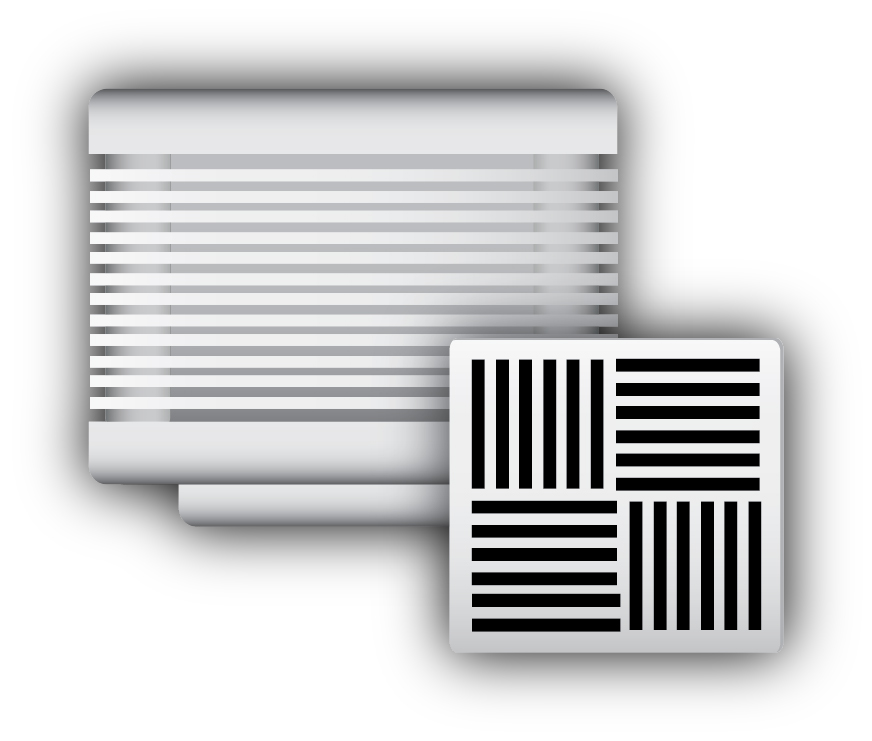 | Flat rate 44-59 cents | Time of Use 30-40 cents (shoulder) |
Whole of house (200m2 home with 125m2 cooled) |
Ducted refrigerative systems 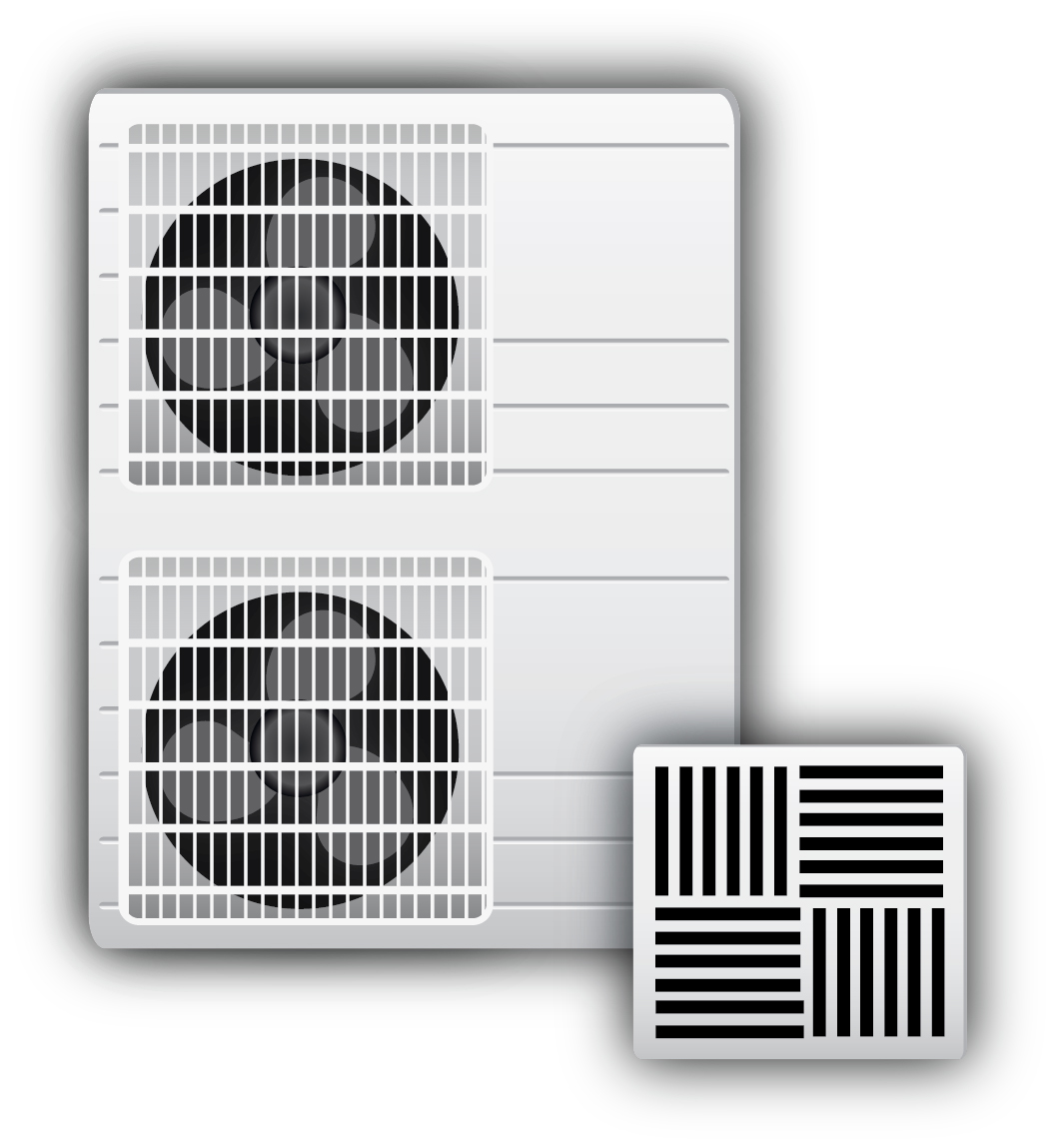 | Flat rate $1.79-$2.42 | Time of Use $1.21-$1.64 (shoulder) |
Whole of house (200m2 home with 125m2 cooled) |
Notes
Running costs are a guide only. Calculations are based on AGL’s standing retail contract electricity rates, which are generally aligned with the regulated Default Market Offer.
- Typical Time of Use shoulder period is 10:00 am to 3:00 pm, off-peak is 1:00 am-6:00 am, peak is 6:00 am to 10:00 am and 3:00 pm to 1:00 am.
- Flat rate tariffs are charged at the same rate all day.
Contact the Energy Advisory Service for more information.
You can also get a more accurate idea of how much your cooling costs you to run by:
- calculating your running costs
- using a plug-in power meter – free as part of a Home Energy Toolkit.
Buying appliances
Talk to a cooling specialist about the best option for your needs when buying an appliance. The specialist can work out the right cooling power output (rated in kilowatts (kW)) for the size of the area, size and location of windows, and ceiling height.
A cooling appliance that is too small will:
- not effectively cool your home
- work constantly for longer periods
- result in higher than necessary running costs.
Use these cooling outputs as a guide to what could be appropriate for your home. They aren't a substitute for seeking specialist air conditioning advice.
Room size up to:
- 20m2 is 1.5–2.8kW cooling output capacity
- 30m2 is 2.8– 4.2kW cooling output capacity
- 40m2 is 4.2 –5.6kW cooling output capacity
- 50m2 is 5.6–7.0kW cooling output capacity
- 60m2 is 7.0–8.4kW cooling output capacity.
Take into account the costs associated with installing, running and maintaining the appliance, as well as the purchase price when shopping for a new appliance.
Some appliances can be cheap to buy and run on an hourly basis, but the cooling they provide and the area they can cool could be limited. For example, a portable refrigerated unit might not be enough to cool a large room, but a ducted evaporative system might be able to cool an entire home and cost only a little more per hour to run.
Some refrigerated air conditioners will have an energy rating label that you can use to compare the energy use and efficiency of different appliances. The more stars the better. If two systems have the same kW cooling output capacity but one has more stars than the other, it means it will use less power to achieve the same cooling output and will cost you less to run.
You can compare the estimated running costs of new appliances on the Energy Rating website.
Buying a new cooling appliance can also be a good time to consider your best options for heating. In South Australia, cooling might only be needed at times during a few months each year. Heating can be needed for up to six months. Installing heating and cooling appliances that complement each other, such as reverse cycle air conditioning or an evaporative cooler and a gas space heater, can help to reduce installation and running costs, and greenhouse gas emissions.
Following the manufacturer’s maintenance and cleaning instructions helps your appliance run as efficiently as possible and keeps it safe.
Related information
On this site
Other websites
- Heating and cooling - Australian Government
- Energy Star - find out about certified energy efficient products that can help save you money
- Staying healthy in extreme heat - SA Health
Documents
- Summer cooling guide - Department for Energy and Mining
